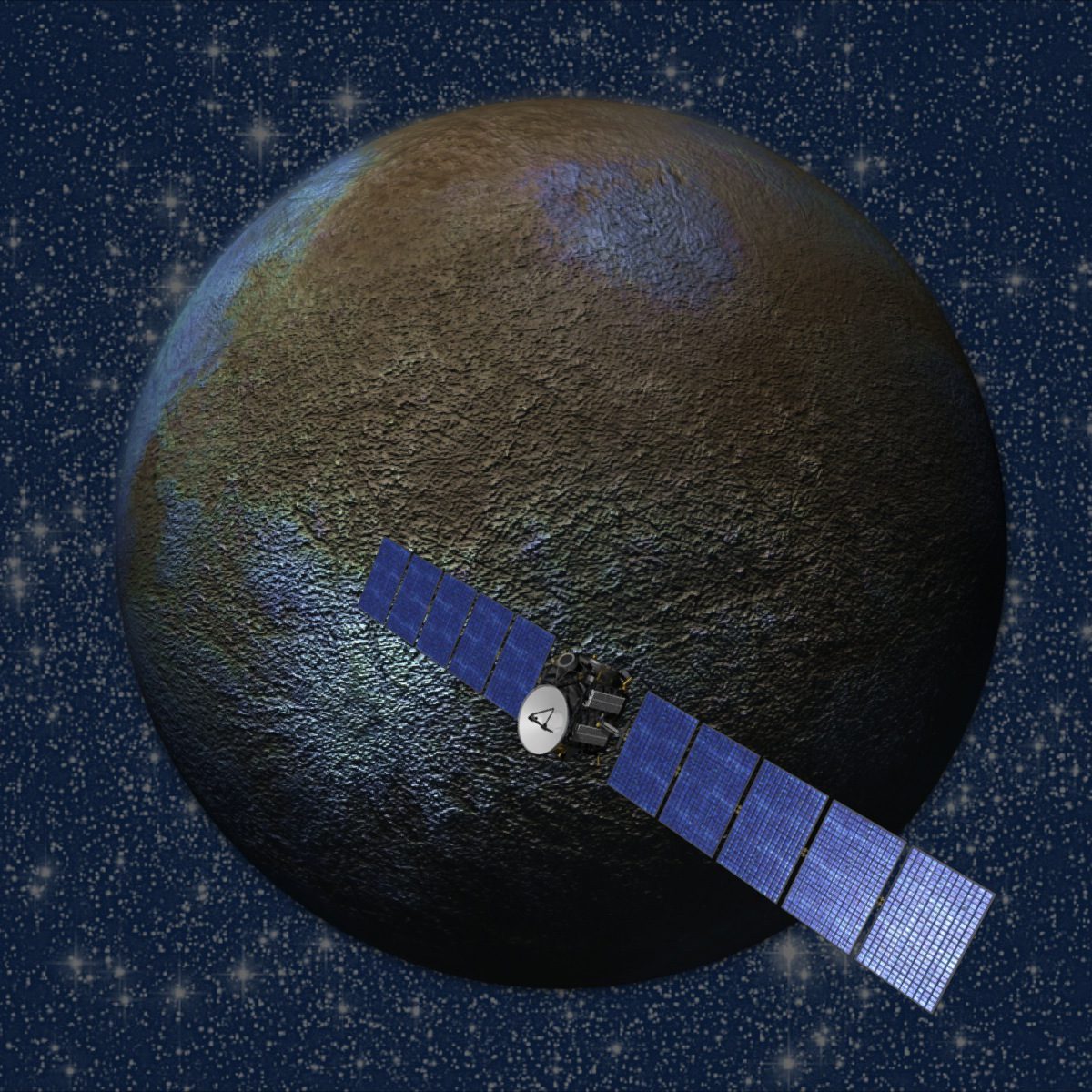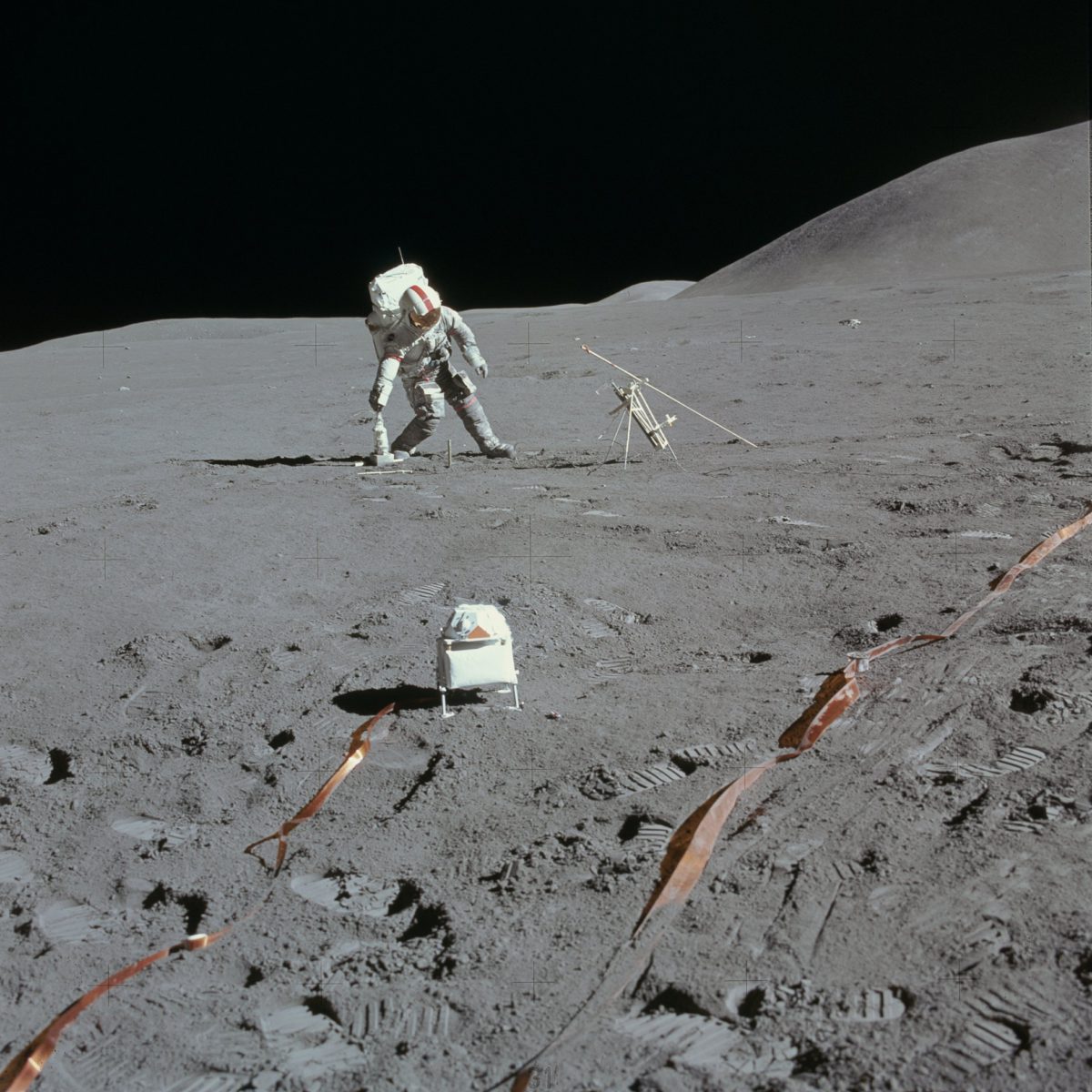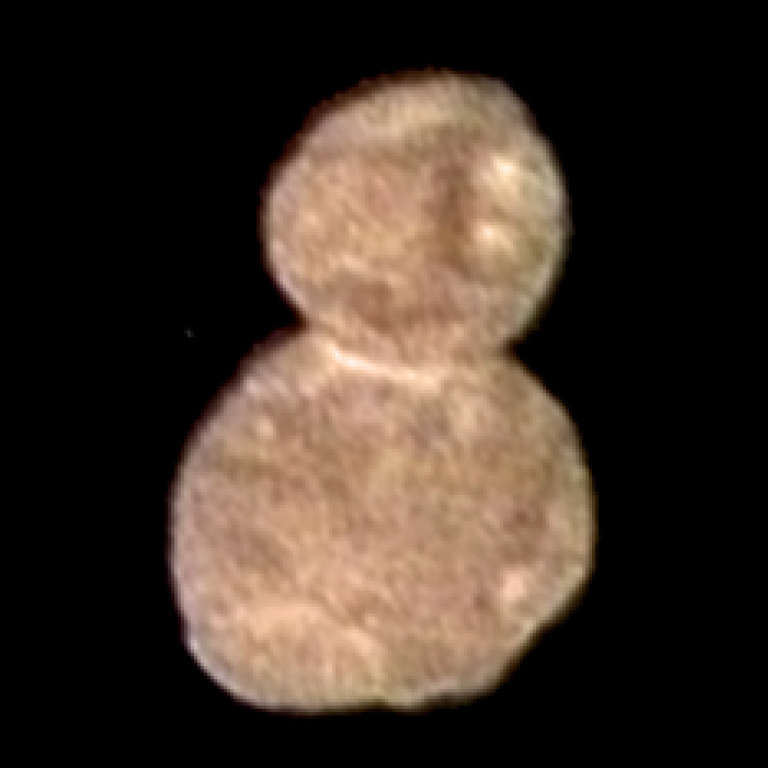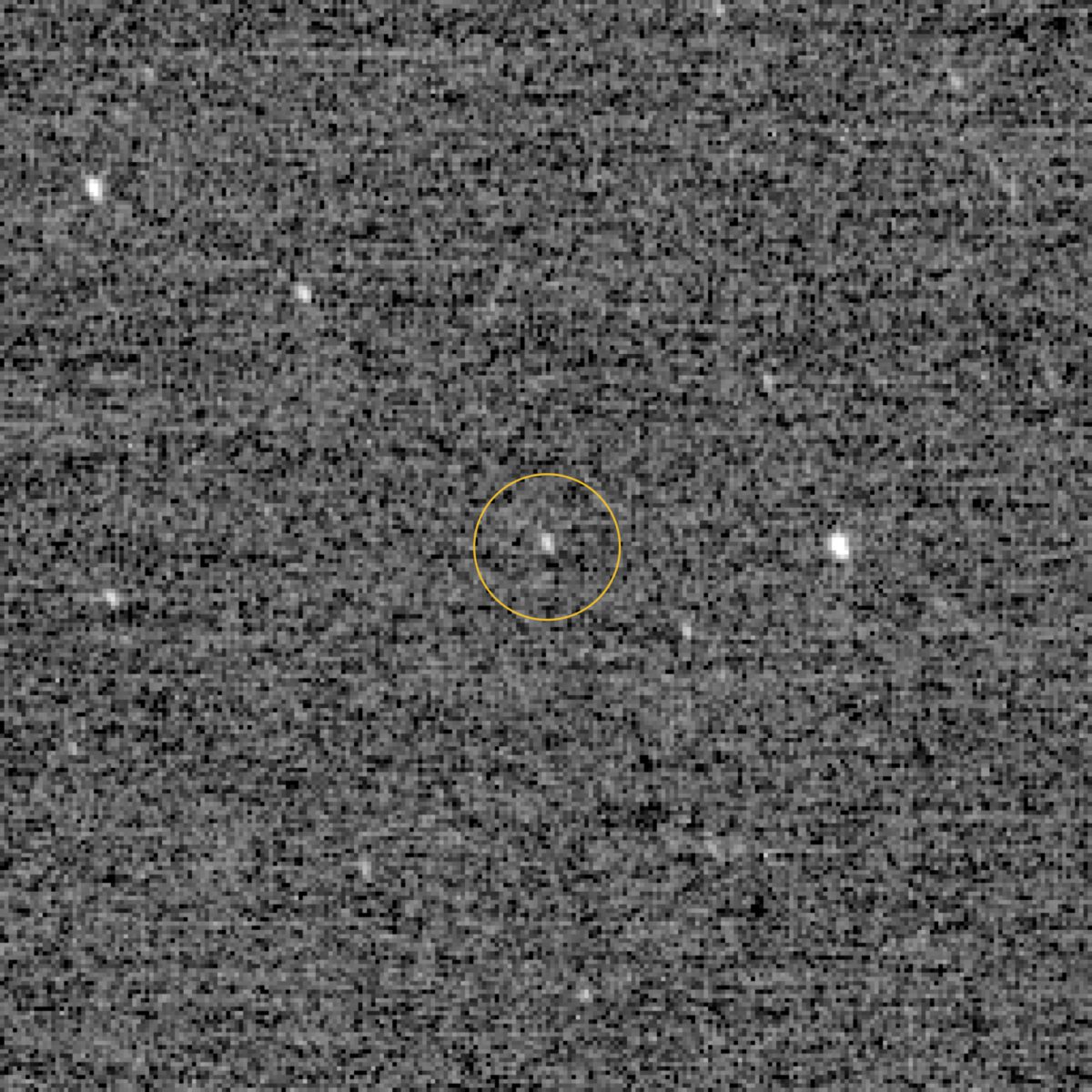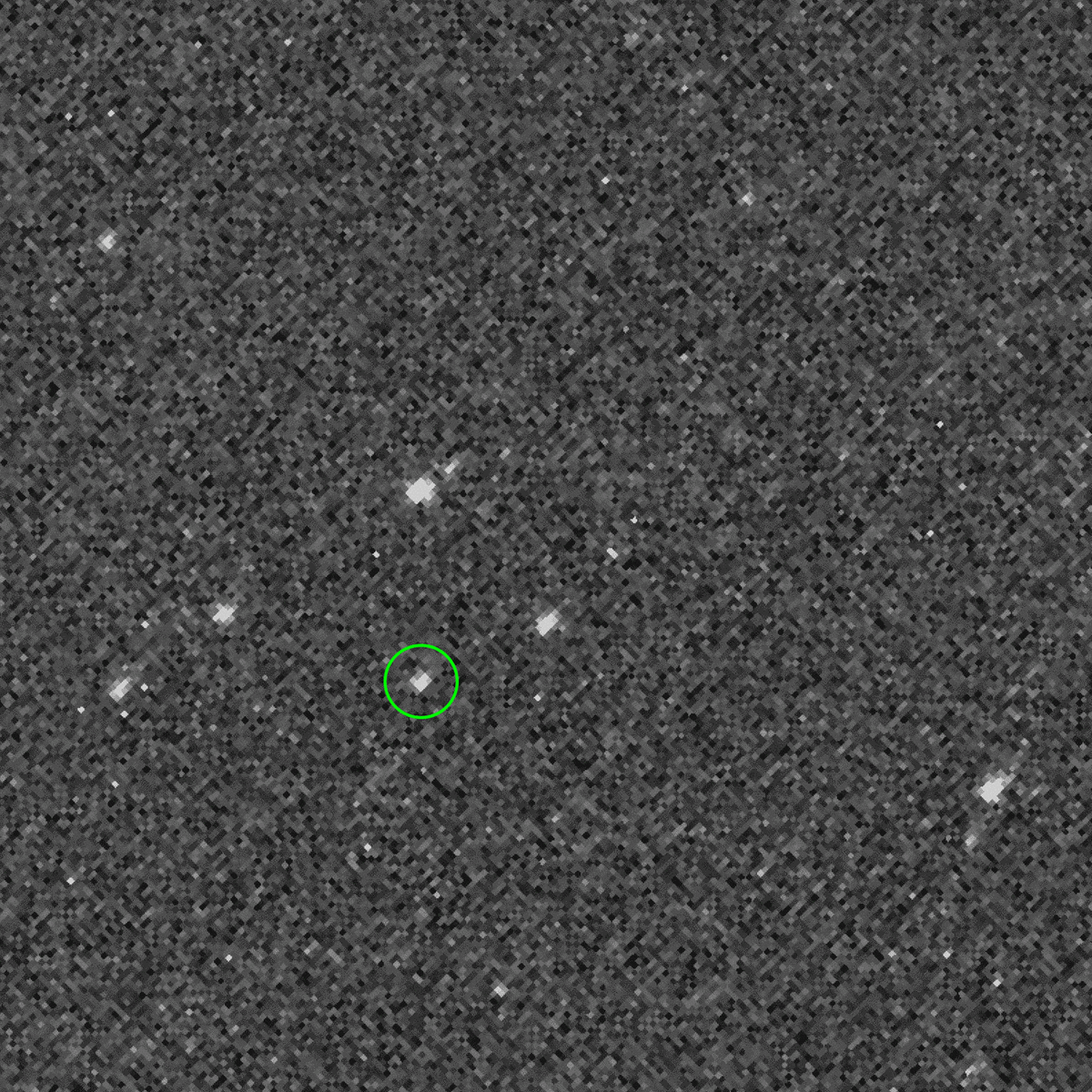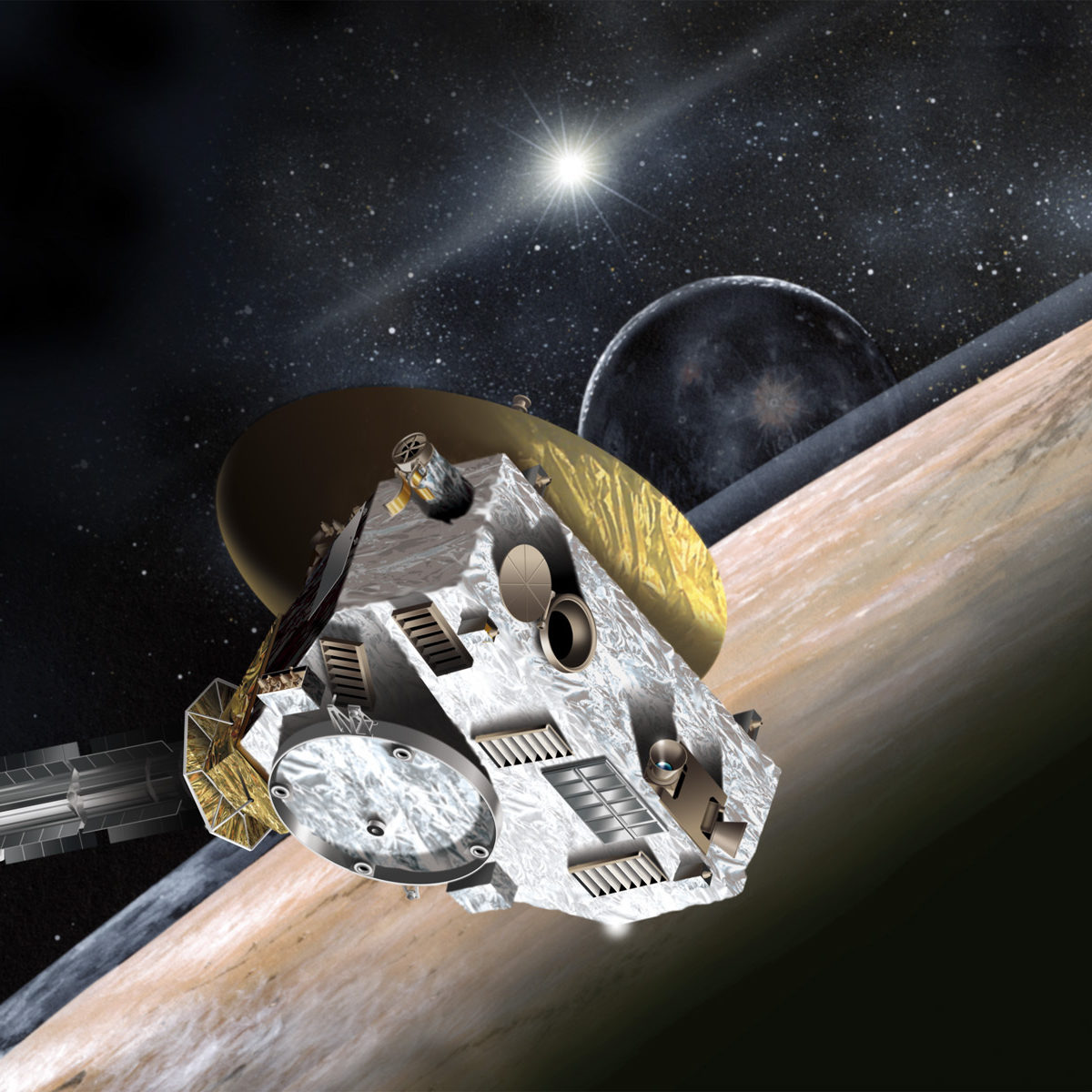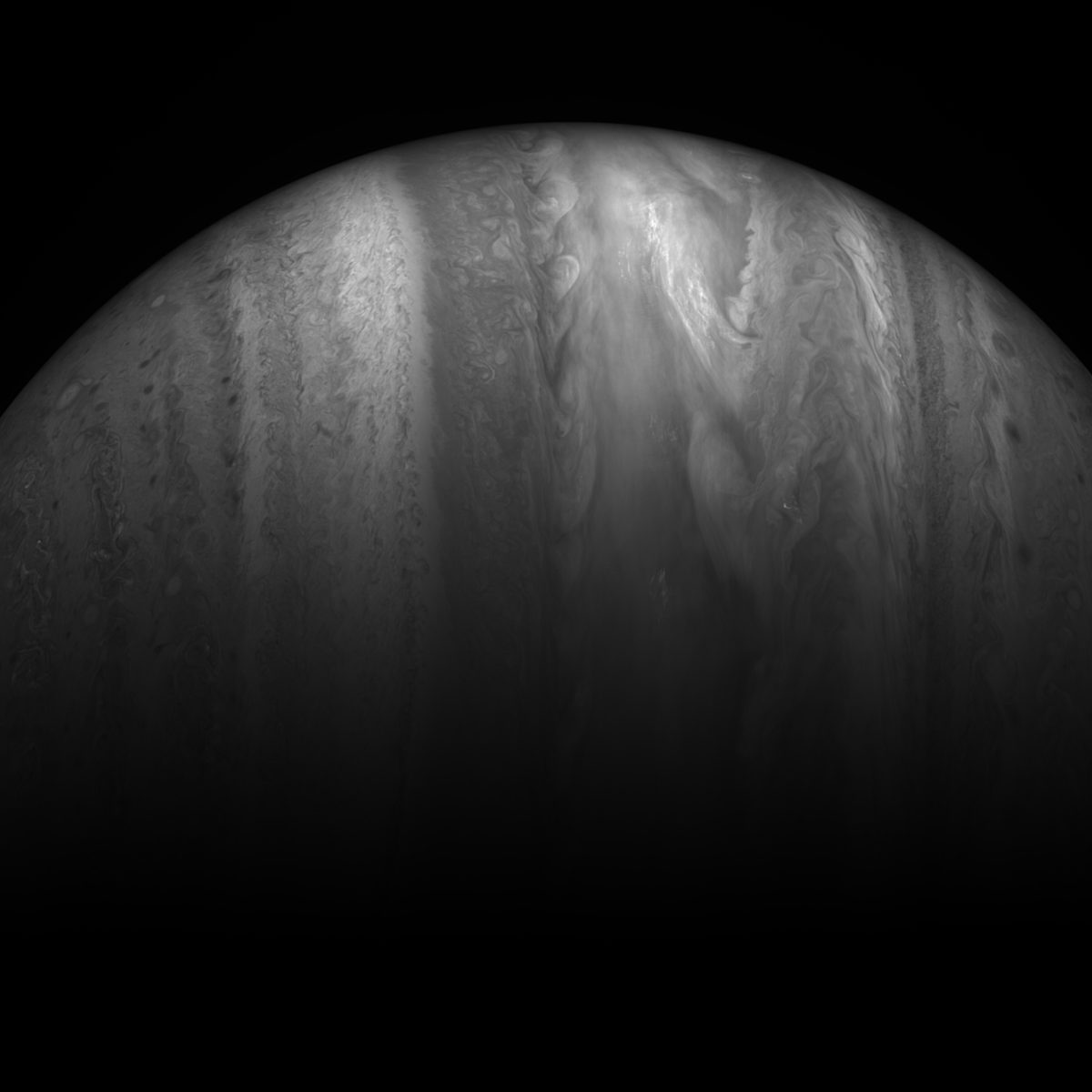All
All
Stories, updates, insights, and original analysis from The Planetary Society.
What are competed planetary missions?
A critical part of a balanced exploration program, competed missions are scientist-led projects that cost less and occur more frequently than large, flagship-class missions.
Way out there
We’re always learning more about the worlds of the outer Solar System, and even those beyond.
Rocket flight and the five dwarfs
Meet the Solar System’s five official dwarf planets, celebrate two major launches, and find out why planets sometimes seem to go backwards across the sky.
Space is always worth the wait
With space missions like JWST and Voyager, decades of development yield decades of discovery.
Looking Back at MU69
A crescent view of MU69 reveals its bizarre shape. Let's look at lots of other fun-shaped space crescents.
Why are there no stars in most space images?
Look up at space at night from a dark location and you can see innumerable stars. Why, then, do photos of so many things in space show black space, devoid of stars?
A few new images of MU69
New Horizons is back in action after going quiet for a period of solar conjunction following the 1 January flyby of 2014 MU69 (informally nicknamed
MU69 appears as a bi-lobed baby comet in latest New Horizons images
The latest images downlinked from New Horizons show MU69 to be a textbook example of a contact binary. How do contact binaries form? Updated with images released on 3 January.
Happy New Year! The New Horizons flyby was successful!
New Horizons has
New Horizons fast approaching 2014 MU69
Unaffected by the shutdown of the U.S. government, New Horizons is still on course for its New Year’s encounter with 2014 MU69 (nicknamed “Ultima Thule”). This post collects the latest images from New Horizons' approach to the tiny Kuiper belt object and will be updated regularly.
What to Expect When New Horizons Visits 2014 MU69, Ultima Thule
New Horizons is rapidly approaching its New Year’s encounter with the most distant world ever visited, 2014 MU69. Closest approach will be at a distance of 3,500 kilometers at about 05:33 on 1 January UTC.
'Everything about this flyby is tougher': New Horizons just over 100 days from Ultima Thule
On Jan. 1, NASA's New Horizons will perform a high-risk, high-reward flyby of an ancient world on the outskirts of the solar system.
OSIRIS-REx and New Horizons catch first sight of their targets
Both OSIRIS-REx and New Horizons achieved first light on their still-distant targets this week. Between now and the end of 2018, Bennu and 2014 MU69 will turn from points of light into places.
Space grade electronics: How NASA’s Juno survives near Jupiter
Take a look at how electronics of spacecraft are built to survive the harshness of space environments.
Sketching a science meeting
The Planetary Society has always enjoyed the connections between science and art, so when I saw Leila Qışın's sketches pop up on her Twitter feed during the recent New Horizons team meeting, I knew I had to share them with you.
New Horizons prepares for encounter with 2014 MU69
Throughout 2018, New Horizons will cruise toward its January 1 encounter with 2014 MU69. Preparations for the flyby are nearly complete.
In total eclipse of a star, New Horizons' future flyby target makes its presence known
The team reported two weeks ago that the first attempts at observing 2014 MU69 were unsuccessful. But in their third try, on July 17, astronomers in Argentina saw the telltale sign of MU69's presence: a stellar wink.
When New Horizons' next target passed in front of a star, this scientist was watching from Argentina
A team of scientists recently traveled to rural Argentina in the hopes of catching New Horizons' next target—Kuiper Belt object MU 69—crossing in front of a distant star.
Jupiter from New Horizons
Using new image processing techniques, Alex Parker brings new life to an old image of Jupiter captured by the New Horizons mission on its way to Pluto over a decade ago.
Learn the rocket equation, part 2
In the second and final chapter of our series, we’ll explore what the rocket equation has to say about travel through the solar system, using the example of launching a rocket to Pluto.


 Explore Worlds
Explore Worlds Find Life
Find Life Defend Earth
Defend Earth


 Sun
Sun Mercury
Mercury Venus
Venus Earth
Earth Mars
Mars Jupiter
Jupiter Saturn
Saturn Uranus
Uranus Neptune
Neptune Small Bodies
Small Bodies